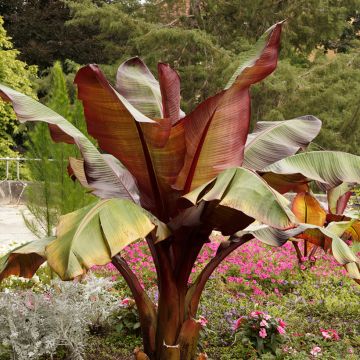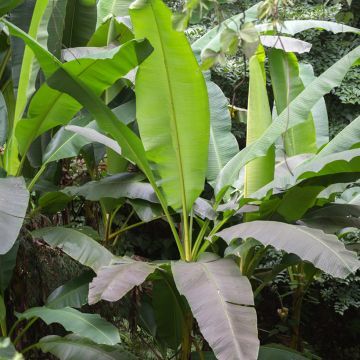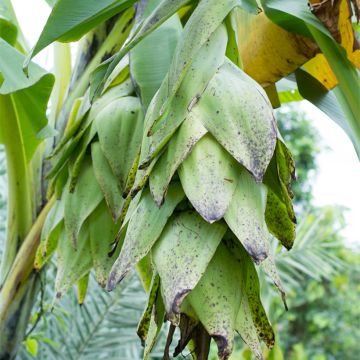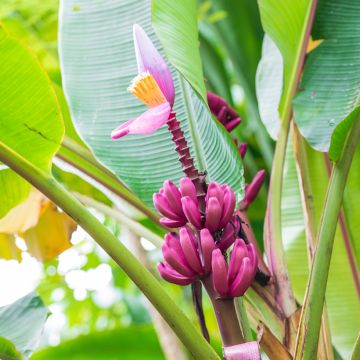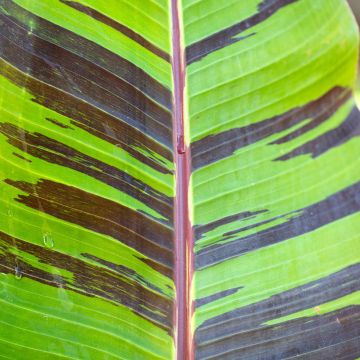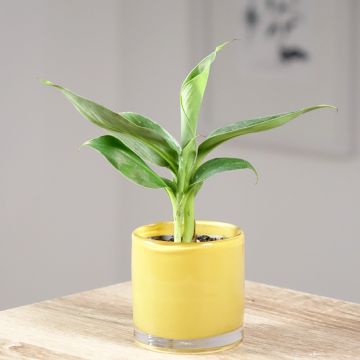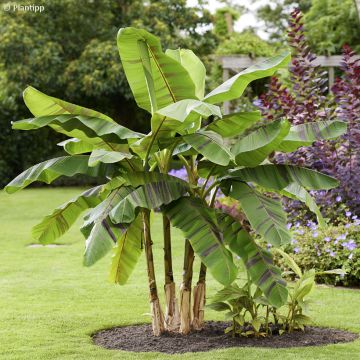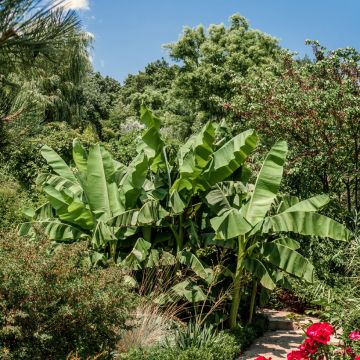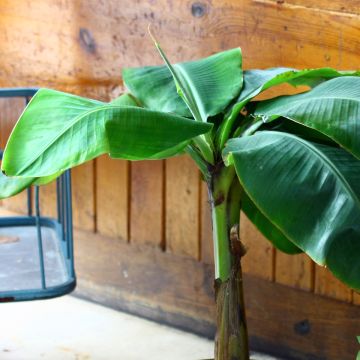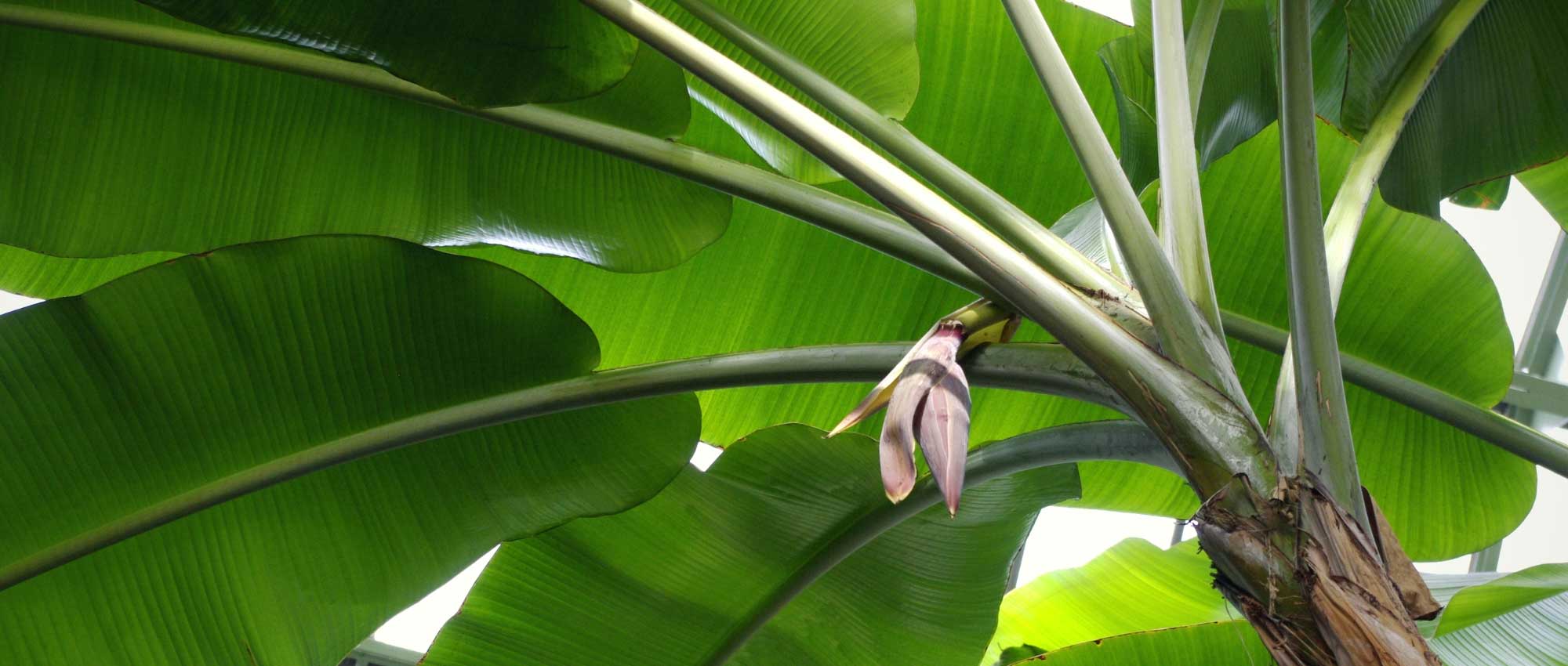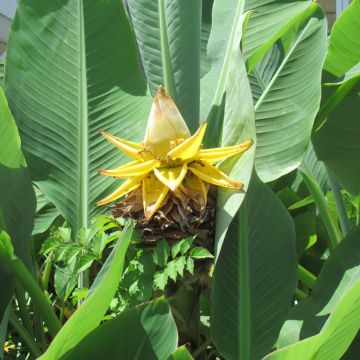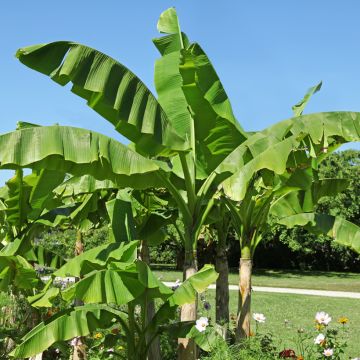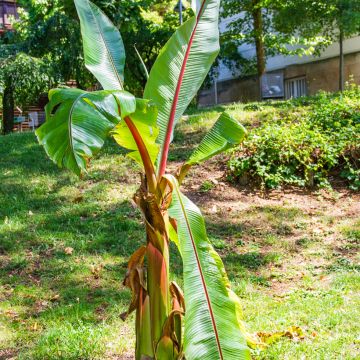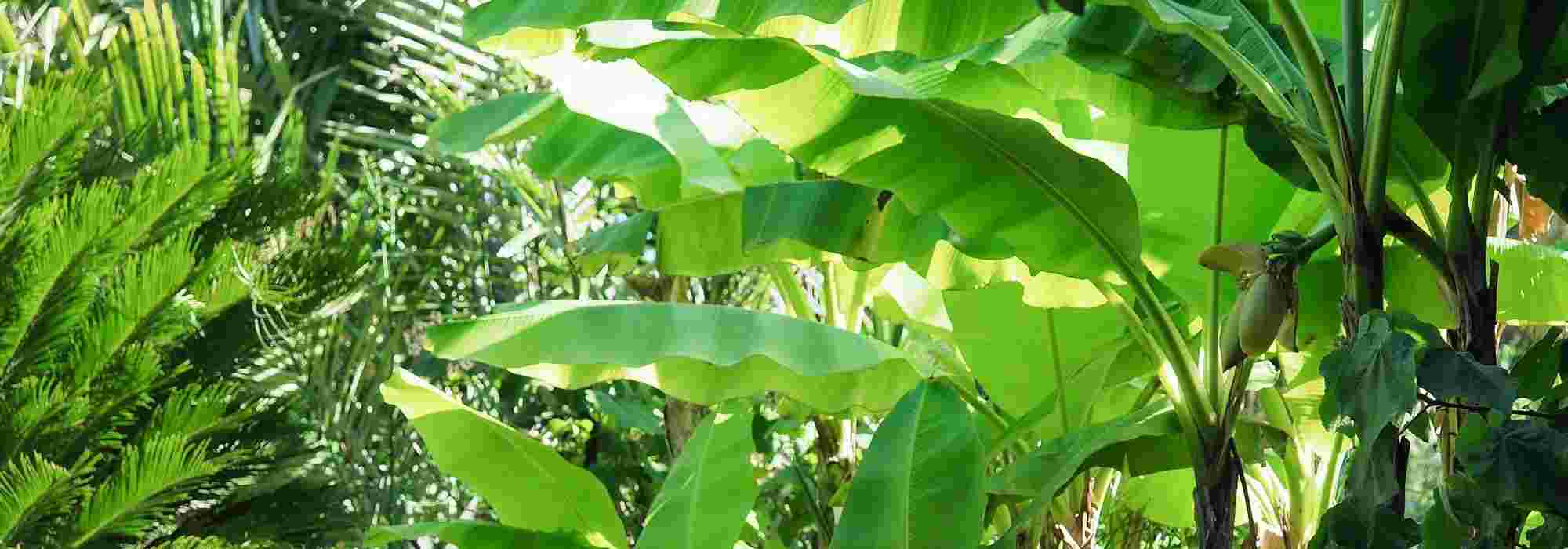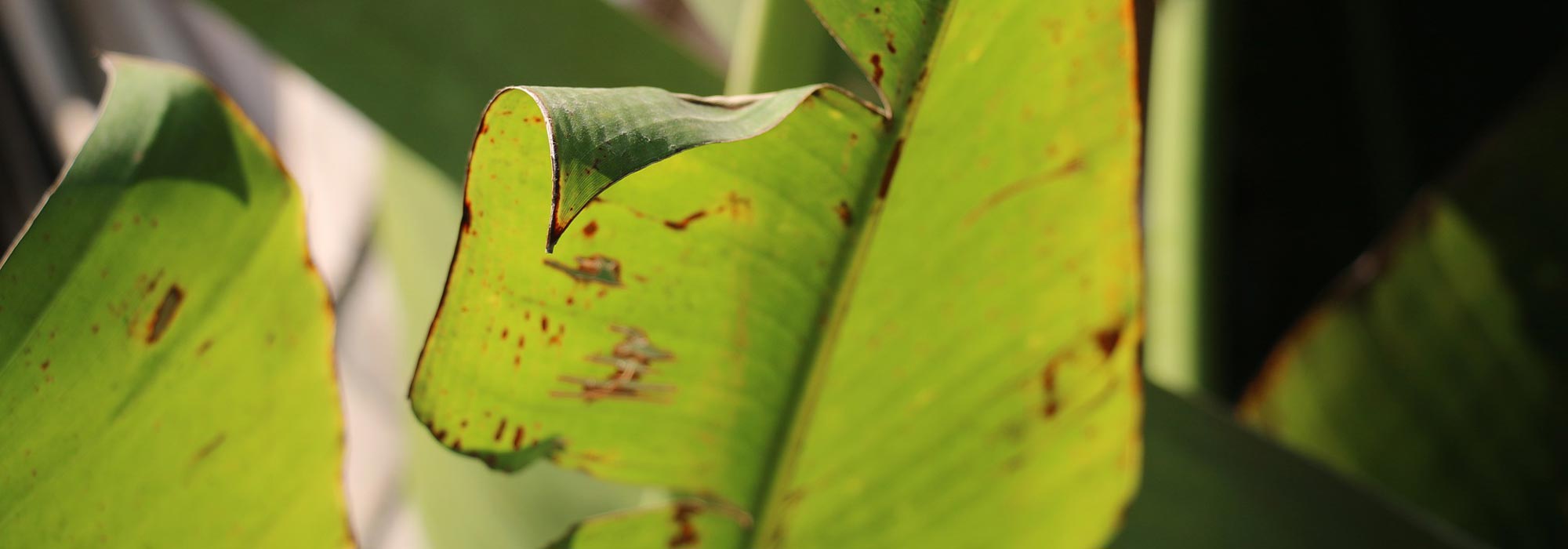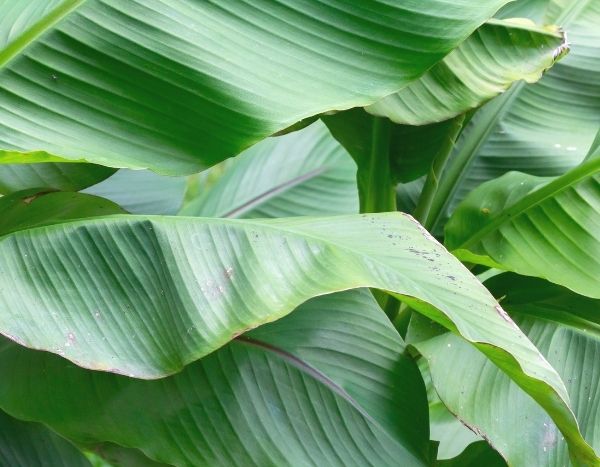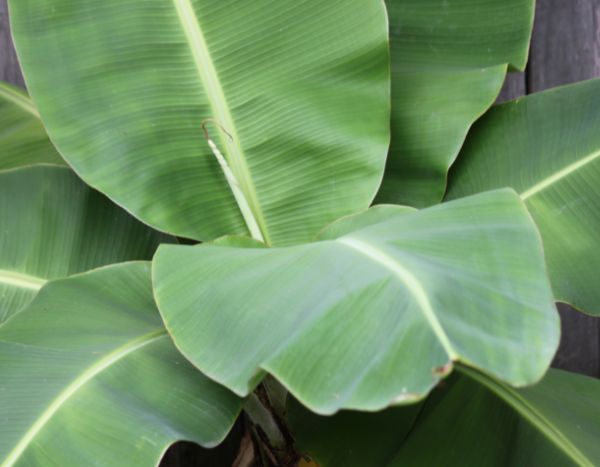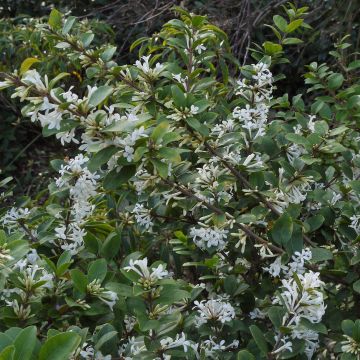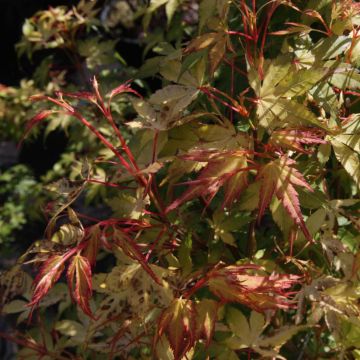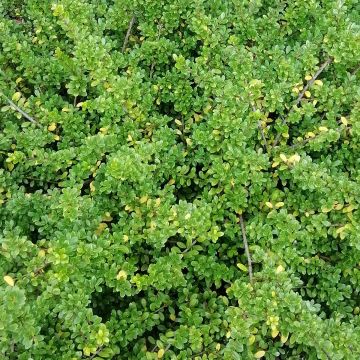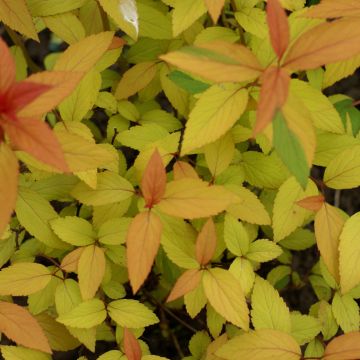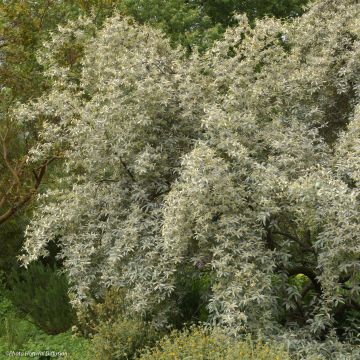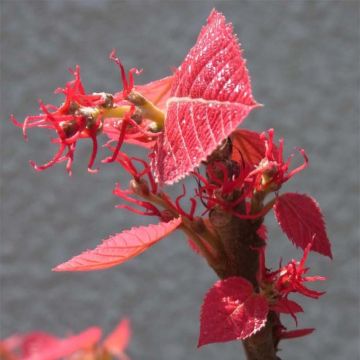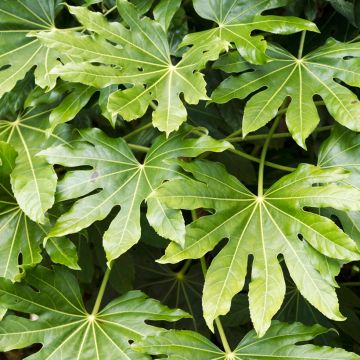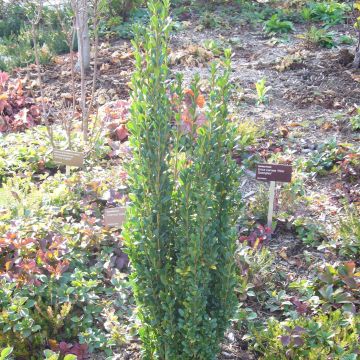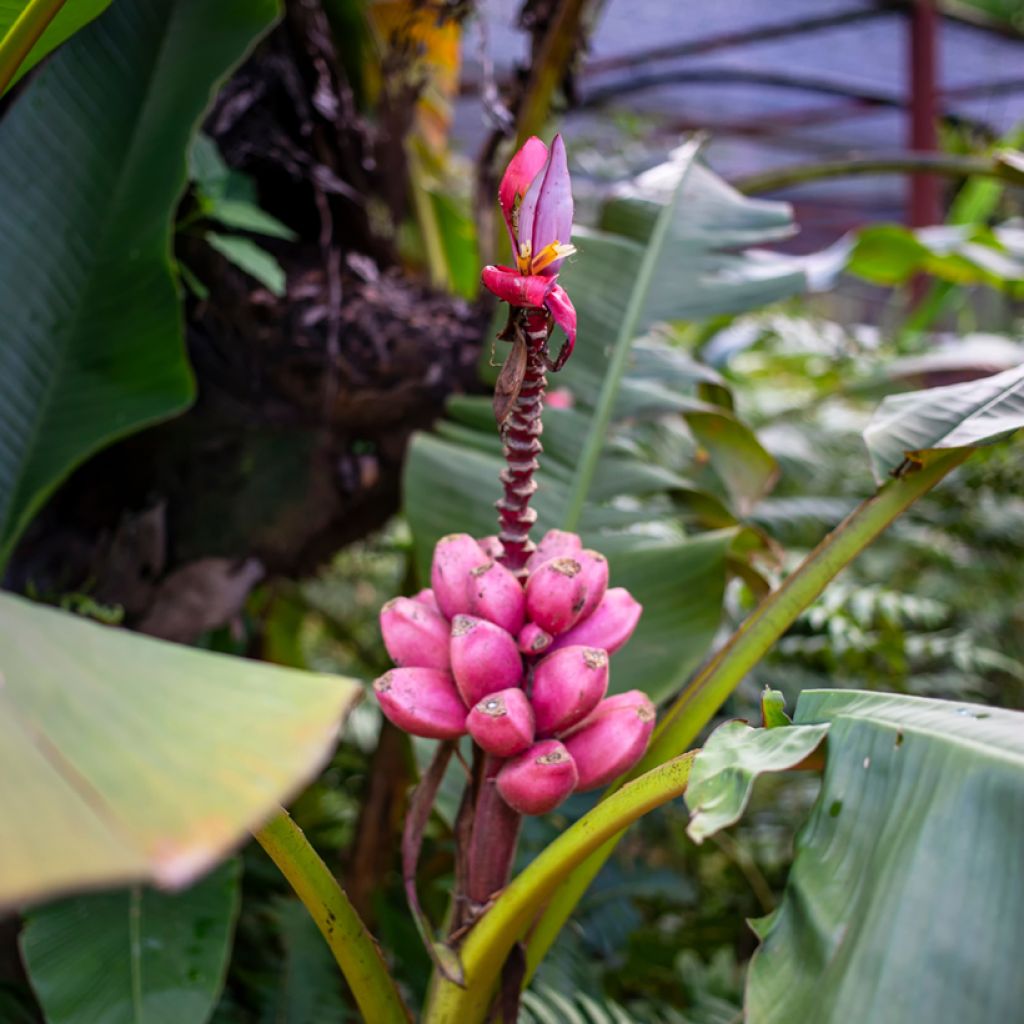

Musa velutina - Banana
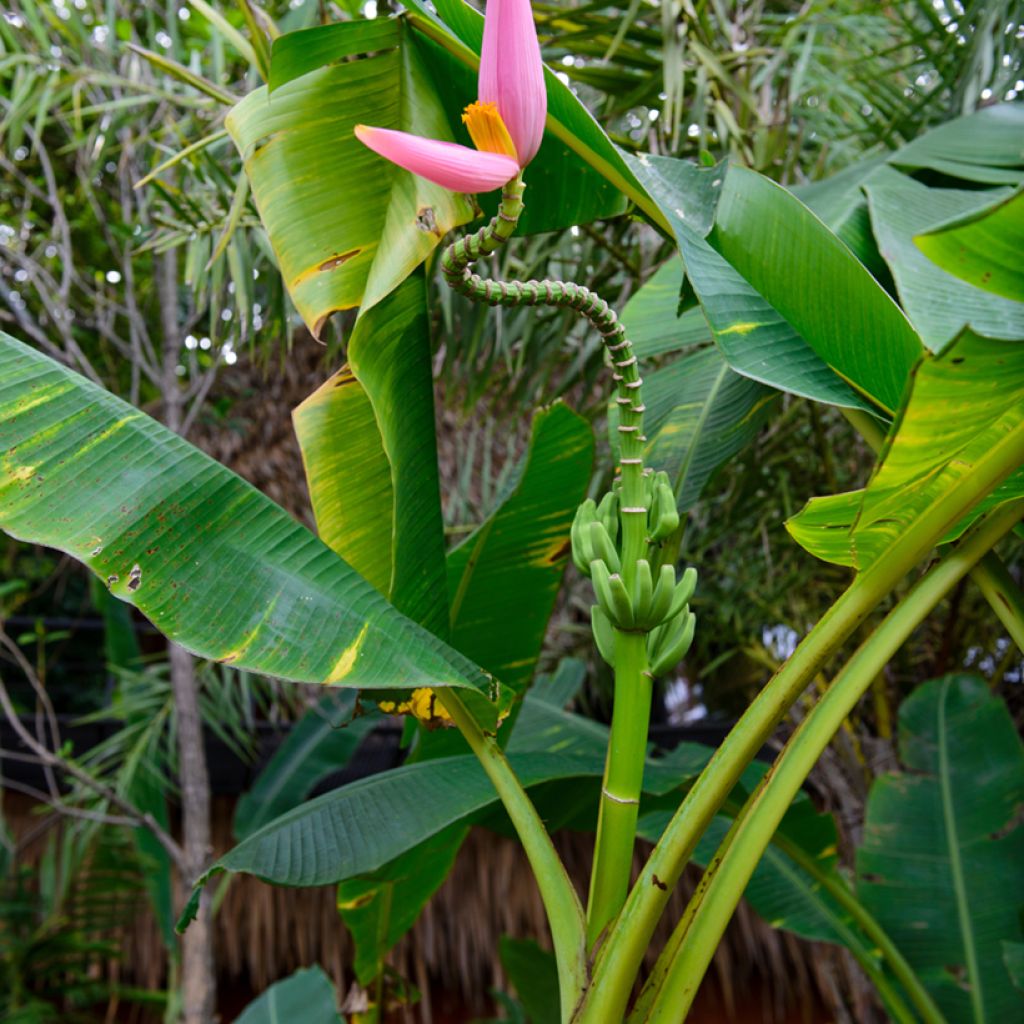

Musa velutina - Banana
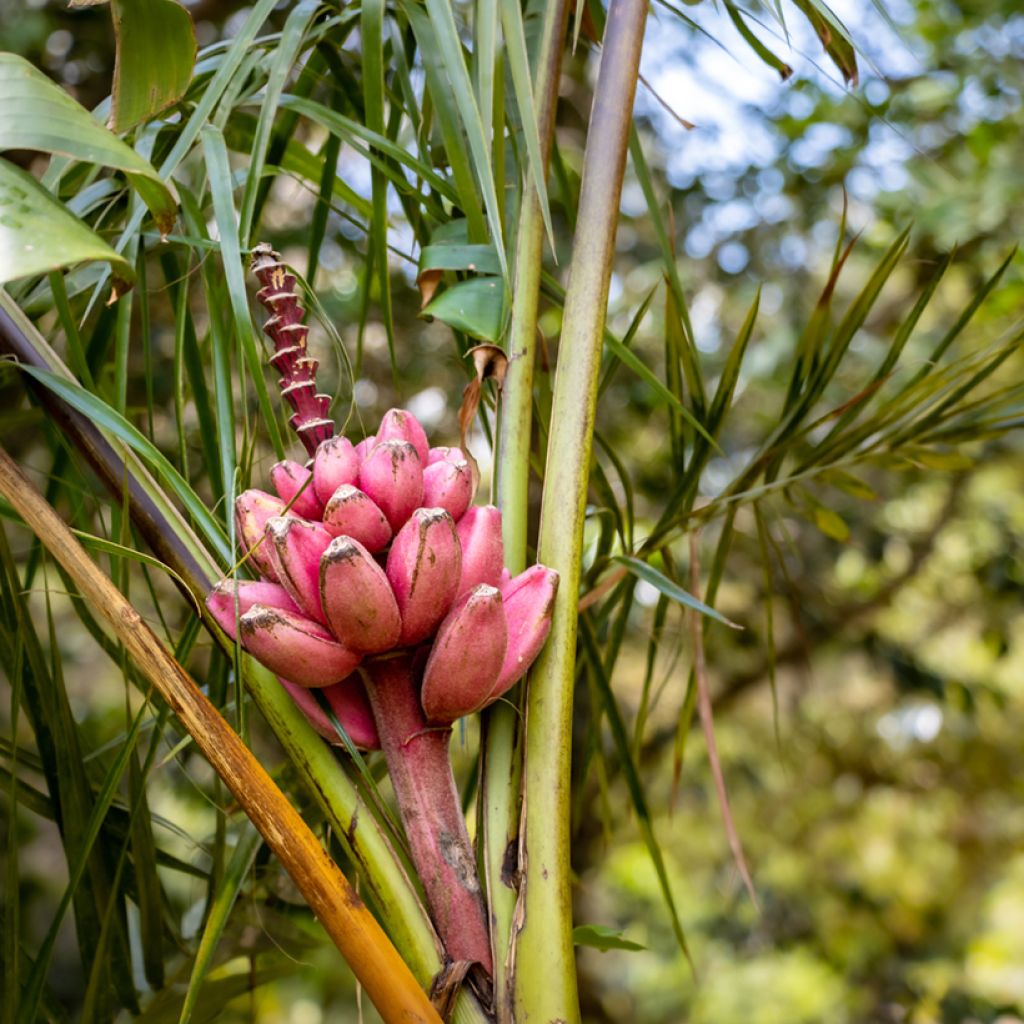

Musa velutina - Banana
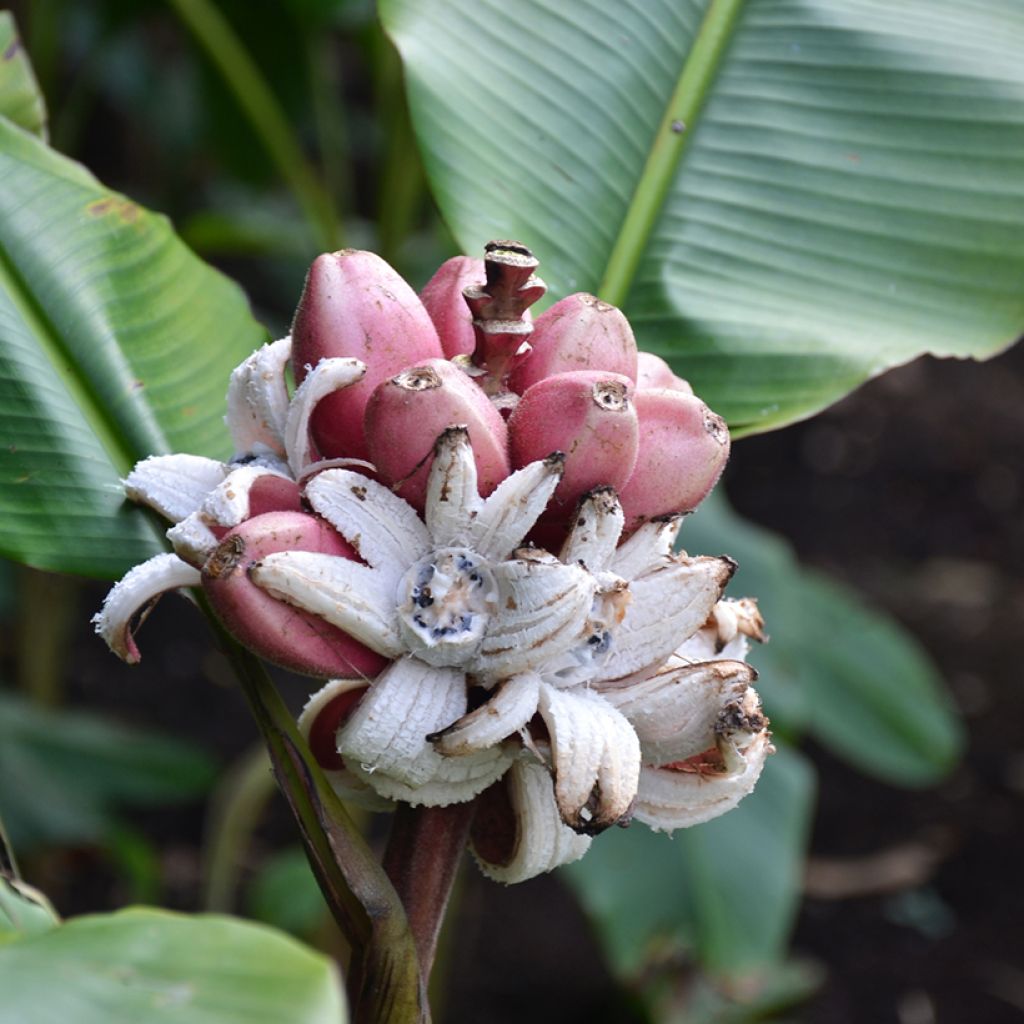

Musa velutina - Banana
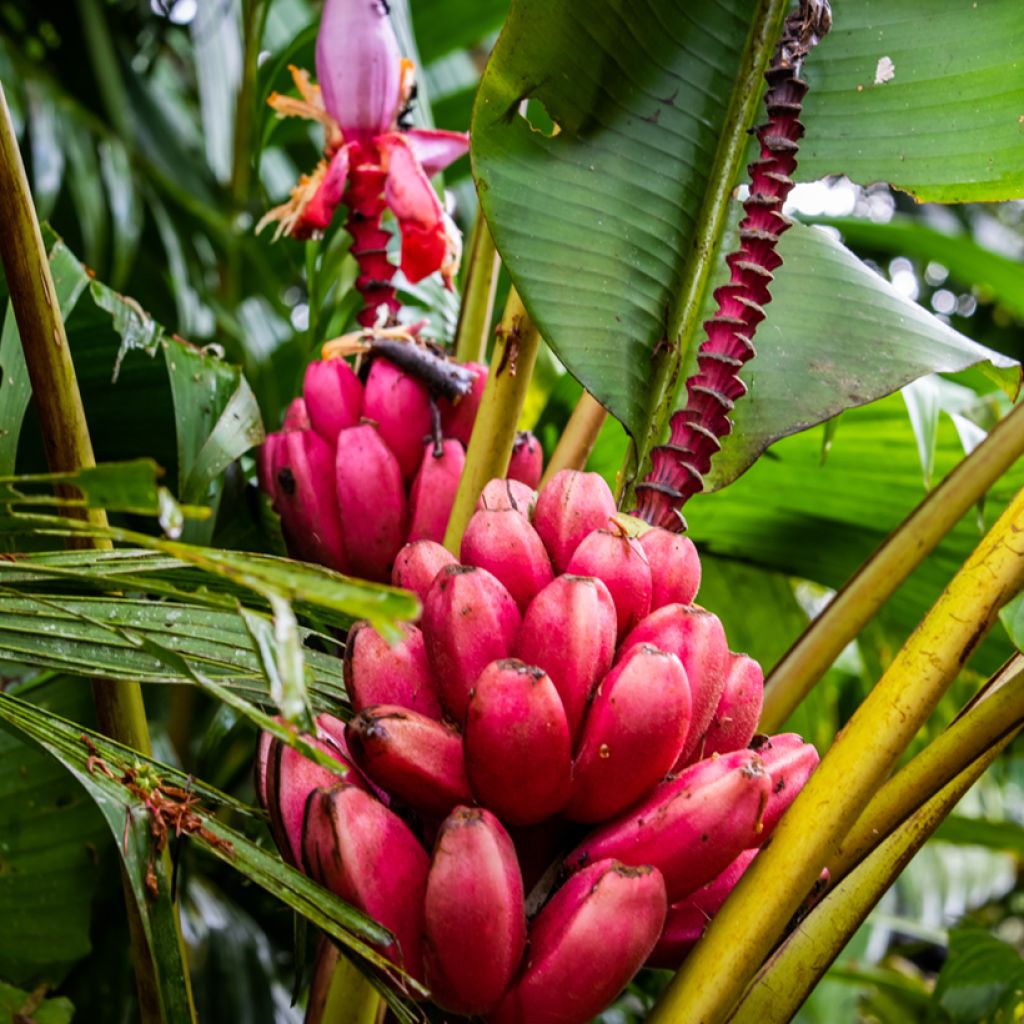

Musa velutina - Banana
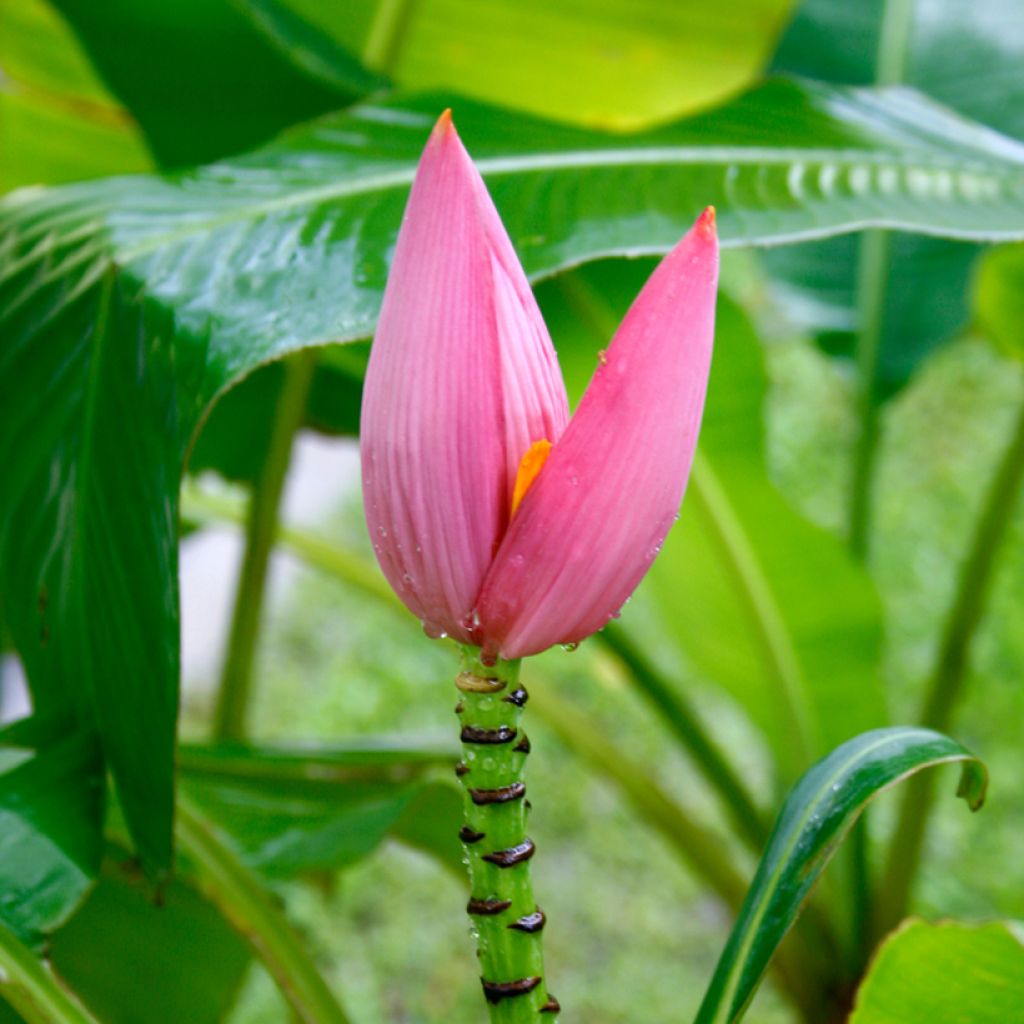

Musa velutina - Banana
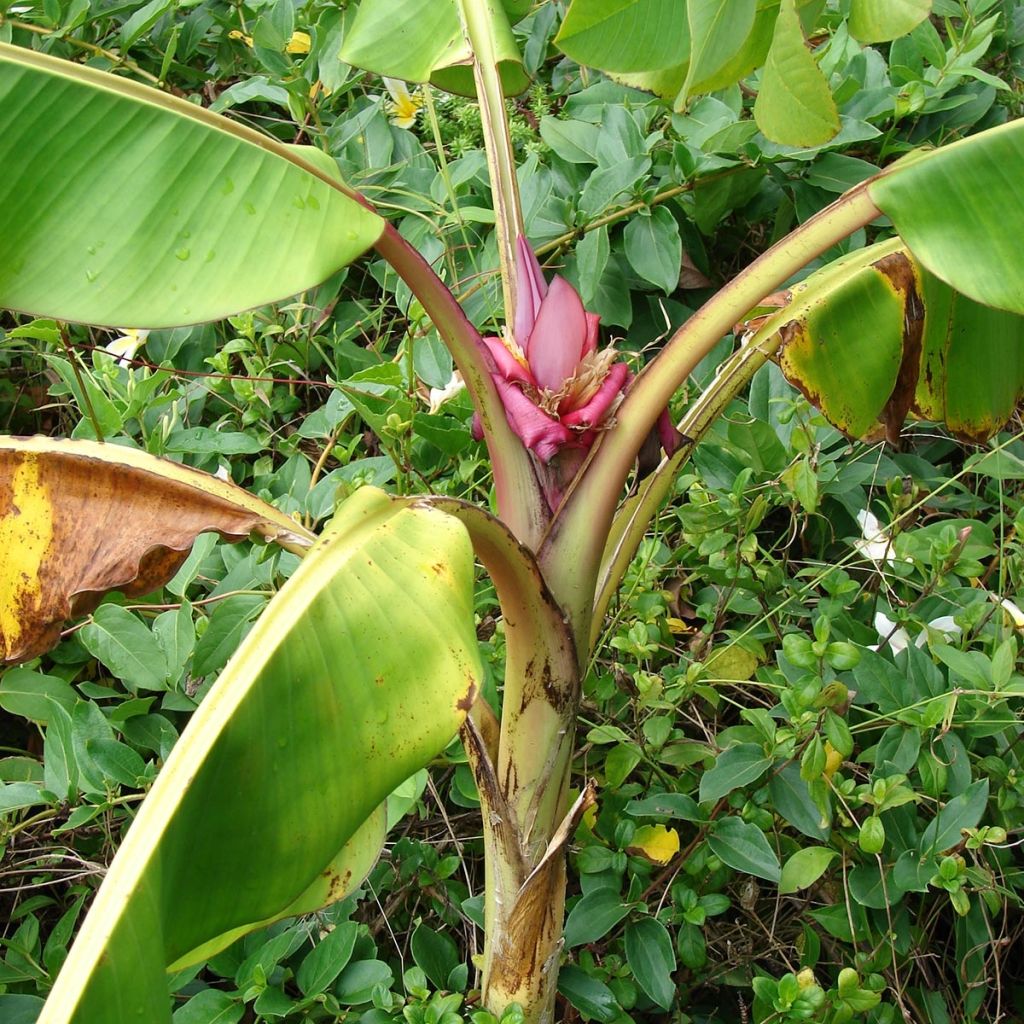

Musa velutina - Banana
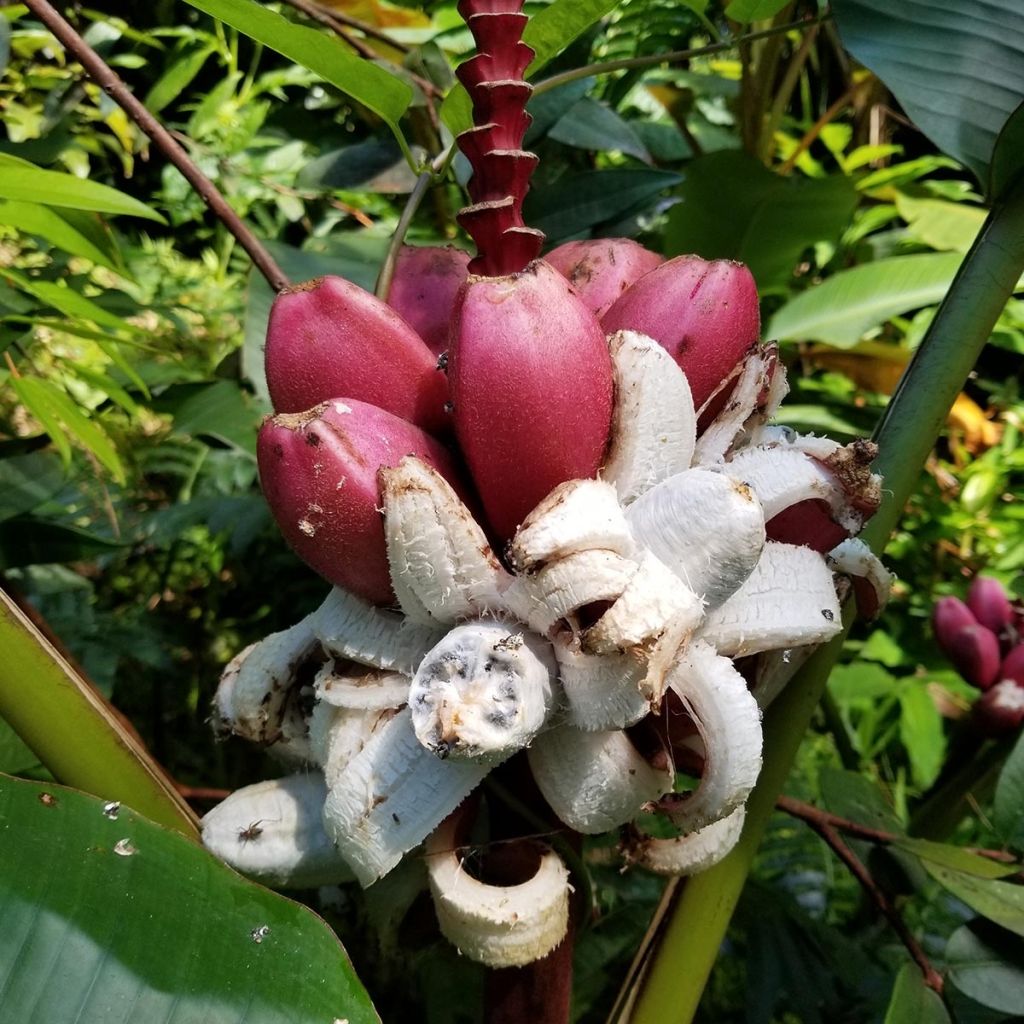

Musa velutina - Banana
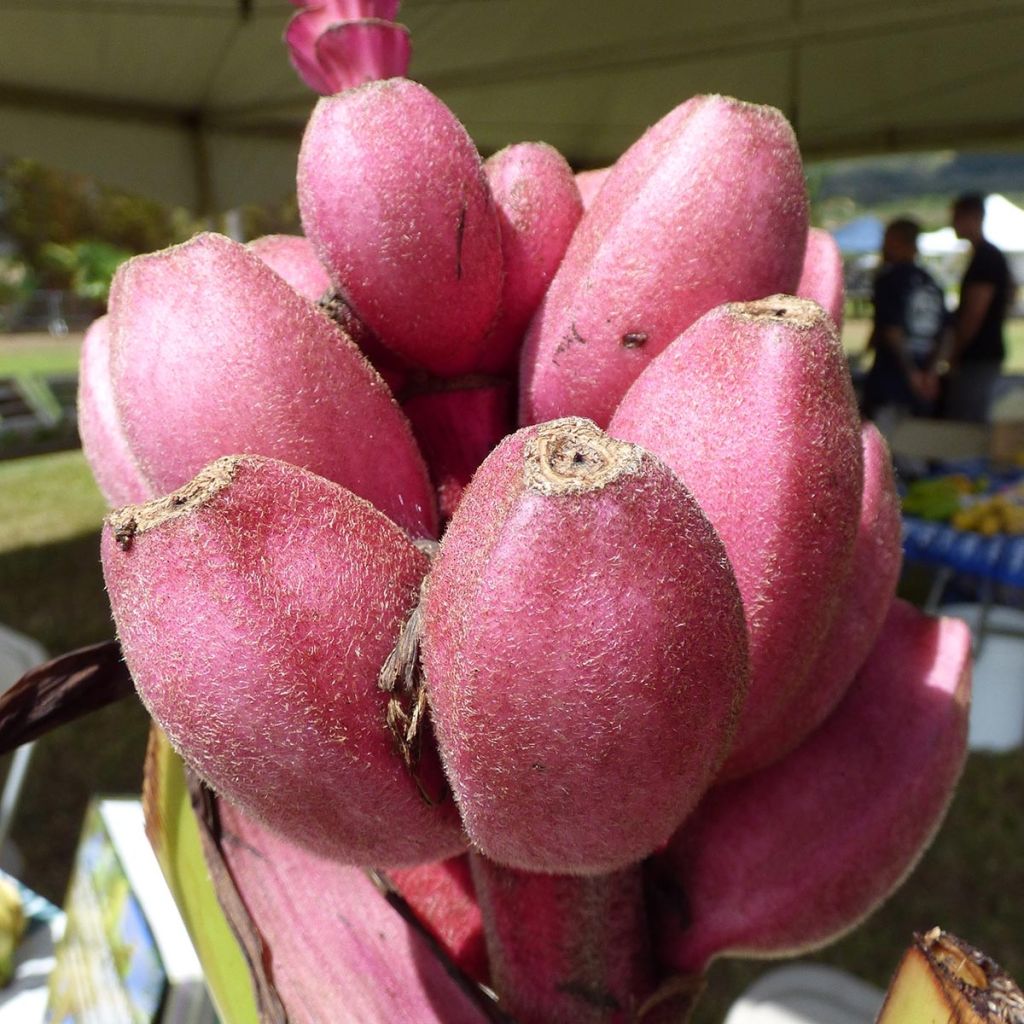

Musa velutina - Banana
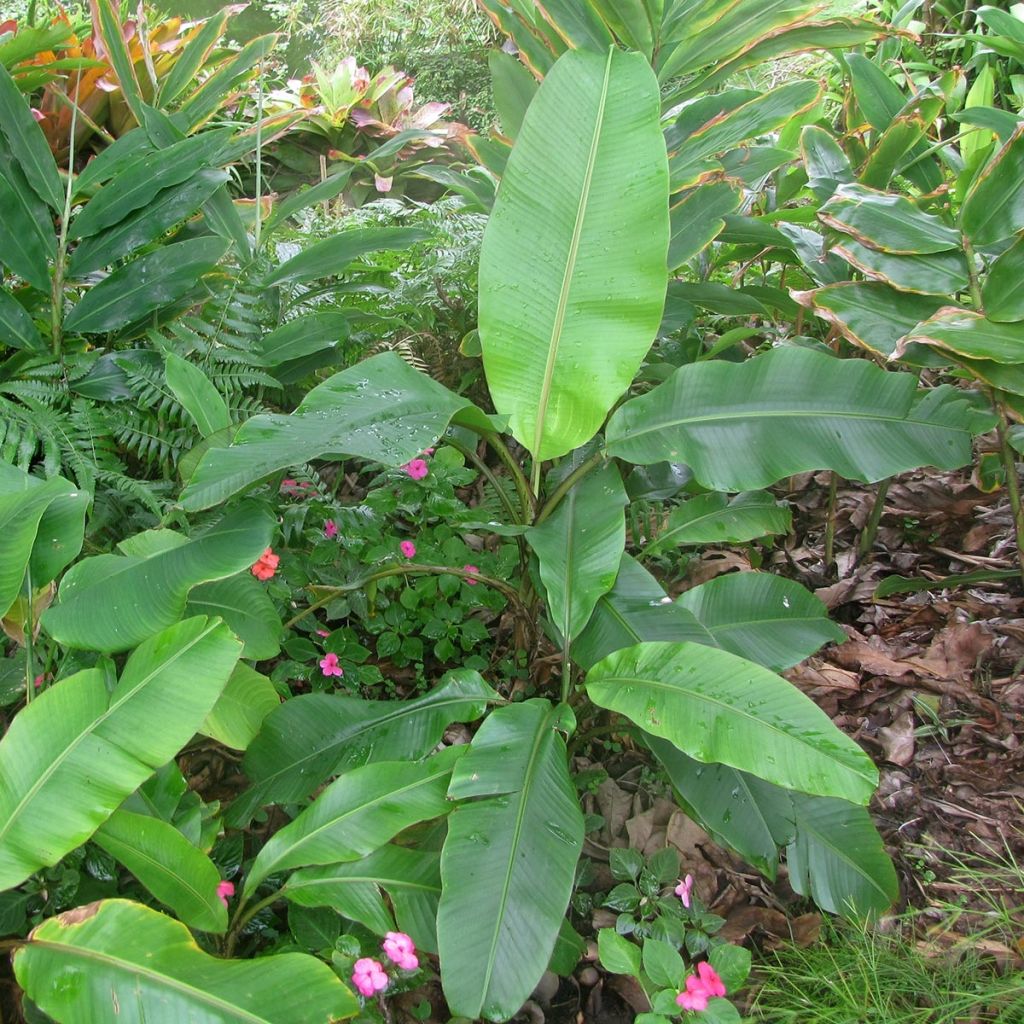

Musa velutina - Banana
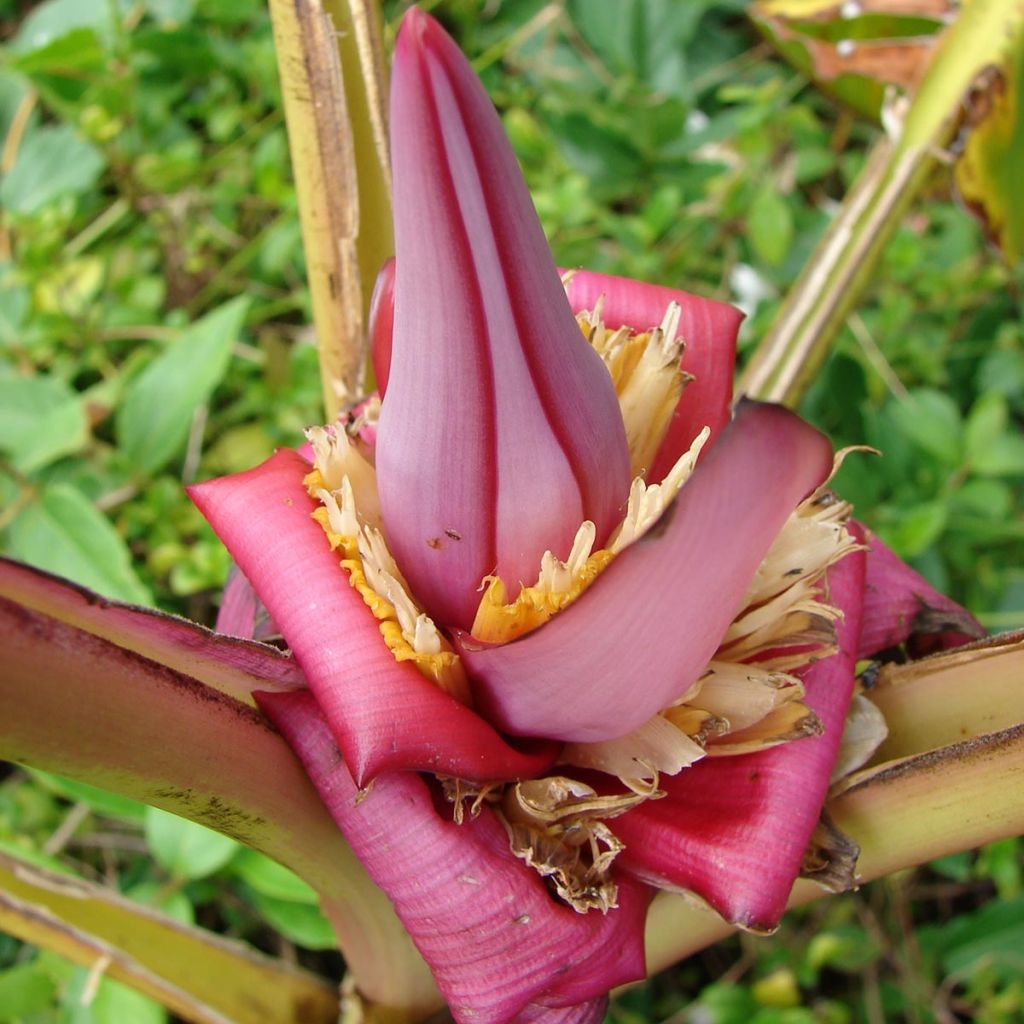

Musa velutina - Banana
Musa velutina - Banana
Musa velutina
Pink Banana, Hairy Banana
Special offer!
Receive a €20 voucher for any order over €90 (excluding delivery costs, credit notes, and plastic-free options)!
1- Add your favorite plants to your cart.
2- Once you have reached €90, confirm your order (you can even choose the delivery date!).
3- As soon as your order is shipped, you will receive an email containing your voucher code, valid for 3 months (90 days).
Your voucher is unique and can only be used once, for any order with a minimum value of €20, excluding delivery costs.
Can be combined with other current offers, non-divisible and non-refundable.
Why not try an alternative variety in stock?
View all →This plant carries a 24 months recovery warranty
More information
We guarantee the quality of our plants for a full growing cycle, and will replace at our expense any plant that fails to recover under normal climatic and planting conditions.
Does this plant fit my garden?
Set up your Plantfit profile →
Description
This adorable little pink-flowered banana tree, known as Musa velutina, quickly forms a lush plant with large, highly ornamental leaves, imbued with a tropical sweetness. In just a few months, it produces beautiful upright inflorescences packed with pink bracts soon followed by pink and velvety, highly decorative bananas, even when grown indoors. Quite frost-sensitive, it thrives when cultivated in a large pot with fertile and moist soil.
The Musa velutina is a perennial herbaceous plant with a tuberous root native to India. Belonging to the musaceae family, it is another species of banana tree that stands out for its small size, as well as its highly decorative flowering and fruiting. This plant is semelparous, or annual, meaning it dies after the ripening of the fruits, and new trunks appear each year from buds carried by the rootstock. It develops a pseudo-trunk (stipe) that is green tinged with red, composed of the petioles of the leaves wrapped and tightly packed around each other, but never producing wood. The leaves unfold their laminas in a plume-like shape, quickly forming a beautiful tuft 1.70 m (5 ft 7 in) in height and 1 m (3 ft 4 in) in width.
The upright inflorescences gather yellow-orange flowers surrounded by old pink bracts, which soon turn into clusters of small, 7 cm (2.8 in) long bananas, velvety and of the same antique pink colour. They are edible, sweet, but contain numerous hard seeds that can damage teeth and make consumption rather unpleasant.
Its ornamental interest also lies in its opulent, shiny light green leaves, with a tropical charm. They measure between 60 and 80 cm (23.6 and 31.5 in) in length. In winter, when grown in open ground, its leaves disappear at the first frost, but the plant will sprout from the base the following spring. Its hardiness is mediocre (up to -5/-8°C (23/17.6 °F)) for well-established specimens. It is preferable to protect younger specimens from hard frosts, or to cultivate this banana tree in large pots.
Still little used in our European gardens, the pink banana tree can be used in flower beds, as a standalone plant, or placed in a large pot on the terrace or in the conservatory. In pots, it is necessary to monitor watering, fertilization, and protect the pot in winter. This remarkable plant, just like proteas, cannas, bamboos, giant miscanthus, or castor oil plants, will give a strongly exotic aspect to our gardens and terraces in temperate regions.
Just like perennial plants, banana trees go dormant during winter; their above-ground parts dry up and die. Plants shipped in winter are therefore cut back to the ground (leaves and stems) by our teams to allow for better growth in spring.
Musa velutina - Banana in pictures


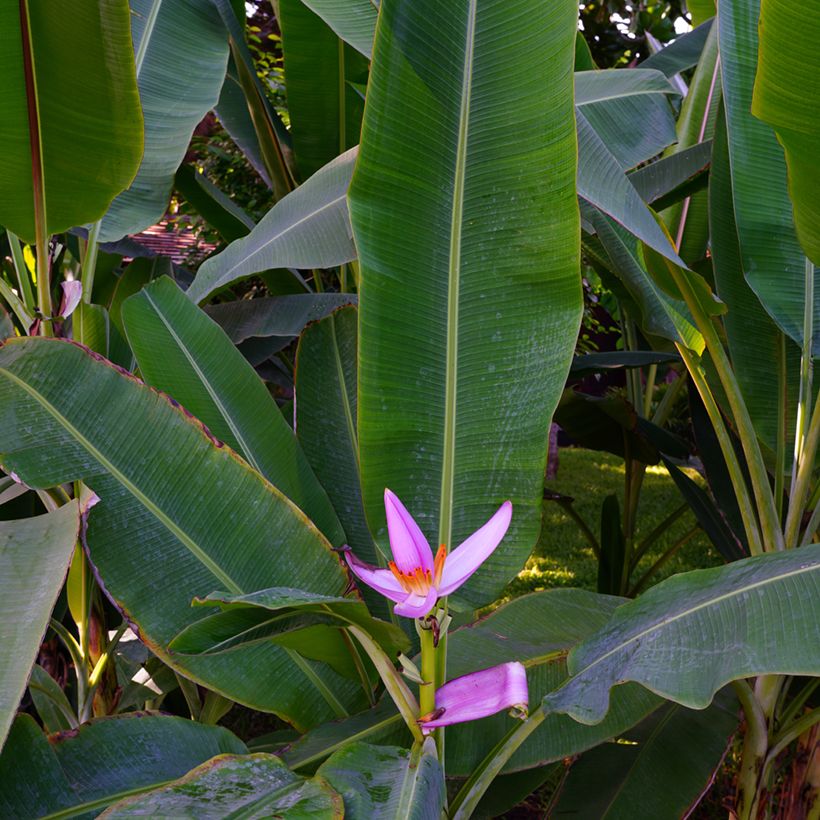

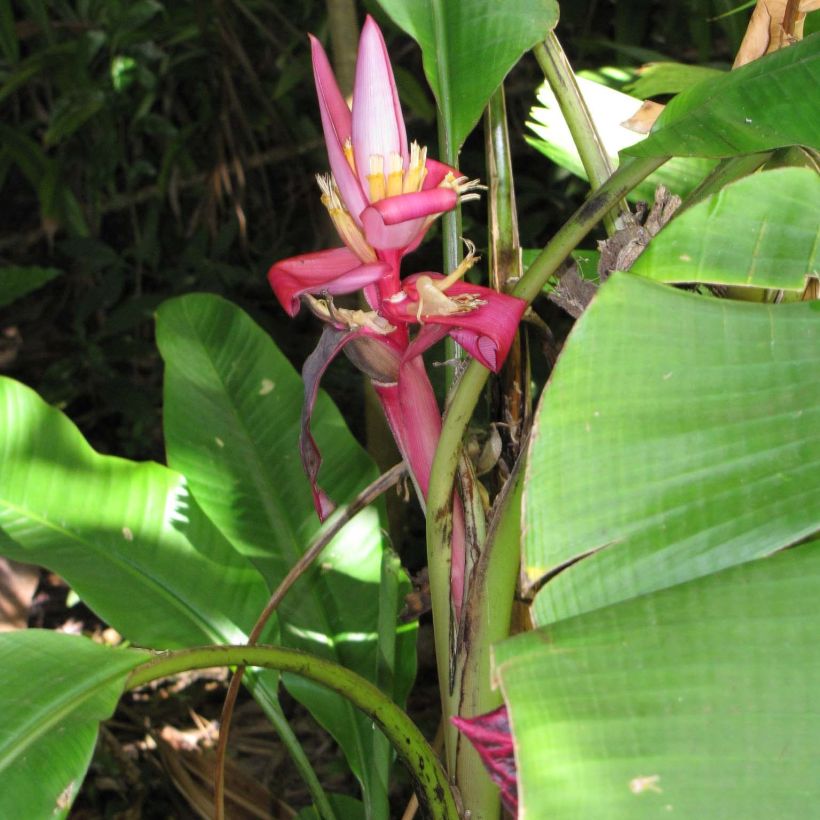

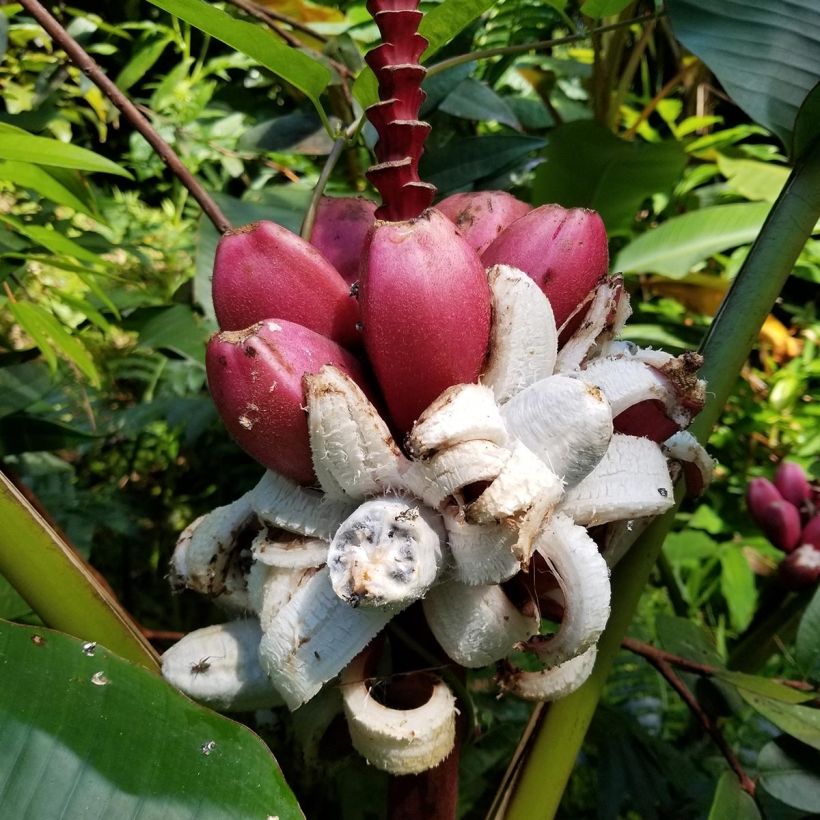

Plant habit
Flowering
Foliage
Botanical data
Musa
velutina
Musaceae
Pink Banana, Hairy Banana
Southeast Asia
Other Musa - Banana tree
View all →Planting and care
The Musa velutina prefers a partially shaded exposure, unless it benefits from the necessary humidity to withstand full sun, such as in coastal areas or in a conservatory. Scorched foliage is a sign of an atmosphere that is too dry, lack of watering, or overexposure. It can be grown in the ground in regions with a mild climate. Although its leaves and stem are destroyed and disappear with frost, its stump can withstand temperatures down to -7°C (19.4 °F) if care is taken to spread a thick mulch around its base. Elsewhere, plant it in a large and deep pot with a mixture of light garden soil, non-calcareous, and compost or manure. Its rapid growth requires a rich, humus-rich, neutral to acidic, well-drained, and moist soil.
Planting period
Intended location
Care
Planting & care advice
This item has not been reviewed yet - be the first to leave a review about it.
Similar products
Haven't found what you were looking for?
Hardiness is the lowest winter temperature a plant can endure without suffering serious damage or even dying. However, hardiness is affected by location (a sheltered area, such as a patio), protection (winter cover) and soil type (hardiness is improved by well-drained soil).

Photo Sharing Terms & Conditions
In order to encourage gardeners to interact and share their experiences, Promesse de fleurs offers various media enabling content to be uploaded onto its Site - in particular via the ‘Photo sharing’ module.
The User agrees to refrain from:
- Posting any content that is illegal, prejudicial, insulting, racist, inciteful to hatred, revisionist, contrary to public decency, that infringes on privacy or on the privacy rights of third parties, in particular the publicity rights of persons and goods, intellectual property rights, or the right to privacy.
- Submitting content on behalf of a third party;
- Impersonate the identity of a third party and/or publish any personal information about a third party;
In general, the User undertakes to refrain from any unethical behaviour.
All Content (in particular text, comments, files, images, photos, videos, creative works, etc.), which may be subject to property or intellectual property rights, image or other private rights, shall remain the property of the User, subject to the limited rights granted by the terms of the licence granted by Promesse de fleurs as stated below. Users are at liberty to publish or not to publish such Content on the Site, notably via the ‘Photo Sharing’ facility, and accept that this Content shall be made public and freely accessible, notably on the Internet.
Users further acknowledge, undertake to have ,and guarantee that they hold all necessary rights and permissions to publish such material on the Site, in particular with regard to the legislation in force pertaining to any privacy, property, intellectual property, image, or contractual rights, or rights of any other nature. By publishing such Content on the Site, Users acknowledge accepting full liability as publishers of the Content within the meaning of the law, and grant Promesse de fleurs, free of charge, an inclusive, worldwide licence for the said Content for the entire duration of its publication, including all reproduction, representation, up/downloading, displaying, performing, transmission, and storage rights.
Users also grant permission for their name to be linked to the Content and accept that this link may not always be made available.
By engaging in posting material, Users consent to their Content becoming automatically accessible on the Internet, in particular on other sites and/or blogs and/or web pages of the Promesse de fleurs site, including in particular social pages and the Promesse de fleurs catalogue.
Users may secure the removal of entrusted content free of charge by issuing a simple request via our contact form.
The flowering period indicated on our website applies to countries and regions located in USDA zone 8 (France, the United Kingdom, Ireland, the Netherlands, etc.)
It will vary according to where you live:
- In zones 9 to 10 (Italy, Spain, Greece, etc.), flowering will occur about 2 to 4 weeks earlier.
- In zones 6 to 7 (Germany, Poland, Slovenia, and lower mountainous regions), flowering will be delayed by 2 to 3 weeks.
- In zone 5 (Central Europe, Scandinavia), blooming will be delayed by 3 to 5 weeks.
In temperate climates, pruning of spring-flowering shrubs (forsythia, spireas, etc.) should be done just after flowering.
Pruning of summer-flowering shrubs (Indian Lilac, Perovskia, etc.) can be done in winter or spring.
In cold regions as well as with frost-sensitive plants, avoid pruning too early when severe frosts may still occur.
The planting period indicated on our website applies to countries and regions located in USDA zone 8 (France, United Kingdom, Ireland, Netherlands).
It will vary according to where you live:
- In Mediterranean zones (Marseille, Madrid, Milan, etc.), autumn and winter are the best planting periods.
- In continental zones (Strasbourg, Munich, Vienna, etc.), delay planting by 2 to 3 weeks in spring and bring it forward by 2 to 4 weeks in autumn.
- In mountainous regions (the Alps, Pyrenees, Carpathians, etc.), it is best to plant in late spring (May-June) or late summer (August-September).
The harvesting period indicated on our website applies to countries and regions in USDA zone 8 (France, England, Ireland, the Netherlands).
In colder areas (Scandinavia, Poland, Austria...) fruit and vegetable harvests are likely to be delayed by 3-4 weeks.
In warmer areas (Italy, Spain, Greece, etc.), harvesting will probably take place earlier, depending on weather conditions.
The sowing periods indicated on our website apply to countries and regions within USDA Zone 8 (France, UK, Ireland, Netherlands).
In colder areas (Scandinavia, Poland, Austria...), delay any outdoor sowing by 3-4 weeks, or sow under glass.
In warmer climes (Italy, Spain, Greece, etc.), bring outdoor sowing forward by a few weeks.






























